Member States of the European Space Agency (ESA) have decided to work together to strengthen Europe’s space sector and to ensure its continued service to European citizens. Efforts towards those goals are coordinated under the Accelerators umbrella programme.
This article is originally published in SpaceFinland website with whom we cooperate in the exchange of articles.
Protection of Space Assets is one of the three main themes under Accelerators. It addresses the hazards that space-based constructions may experience by continuously increasing amounts of space debris and by solar activity driven space weather storms. The Protector also recognizes the increasing needs for efficient space traffic management at the most crowded satellite orbits.
The Final Report of the Arctic Space Weather Demonstrator project reviews the plans and findings of a space weather related pilot survey which Finland and Norway have decided to conduct as a contribution to Accelerators. Both countries reside at latitudes where space weather phenomena are common. Operators in commercial and safety sectors can therefore be expected to have useful insights into space weather impacts on critical solutions facilitating everyday life.
Comprehensive user engagement in the development of European space weather services is an essential prerequisite for their successful implementation. Demonstrator’s overall objective has therefore been to familiarize actors in all relevant societal fields with the pre-operational Space Weather Service Network (SWESNET) that has been developed as multinational collaboration under the ESA Space Safety Programme
The Report presents a set of concrete examples where Arctic operators have observed some anomalies in their products or services due to enhanced space weather activity. Also, approaches to mitigate space weather risks by enhanced preparedness and some plans on how space weather services can support new business ideas are discussed. User engagement in the Demonstrator survey has been taken care of by interviews of Partners representing actors providing services impacted by space weather. These actors include national authorities enabling accurate positioning by space-based navigation systems, companies offering applications relying on accurate positioning, satellite and power grid operators, and companies supporting aviation and auroral tourism.
By the treaty of its foundation ESA’s purpose is to promote, for exclusively peaceful purposes, cooperation among European States in space research and technology. Therefore, the target of SWESNET is to provide space weather information for its civilian users. The need for coordination between civilian and military oriented space weather services is recognized on both sides as there are clear synergies e.g. in maintenance of some key infrastructures and in harvesting of their data. With this background the report also includes some general level statements by the Norwegian and Finnish Military forces on the relevance of space weather services in their activities.
The Partners contacted in the Demonstrator appeared to be familiar with the topic of space weather and its impacts on their services. However, it became clear from the interviews that SWESNET has not yet established its position as the primary source for information on space weather activity. Support in space weather impact assessments is typically searched from national research institutes which analyze the cases of interest from the basis of their own assets and external freely accessible data sources. It is recognized, however, that ESA is actively increasing the awareness on SWESNET capabilities by user manuals, tutorials, and dedicated training courses which will gradually facilitate users’ direct harvesting of the services.
User feedback collected in the Demonstrator revealed that ease of access to information is very much valued by most users. The data presentation should be usable for them and immediately available when they open the webpage. For example, the final users of accurate positioning services typically have only very cursory knowledge on space weather impacts and their access to near-real-time information is limited. For field experiments and construction work, it would be good to have space weather information seamlessly integrated into the applications in use. Clearly, such improvements cannot be conducted in the SWESNET framework alone as collaboration with the commercial service providers is needed. In the cases where tailoring is conducted outside SWESNET, the centralized network would still have a crucial role in providing certified input data for tailored product generation.
The Arctic Space Weather Demonstrator with its examples from Finland and Norway can be considered as a pilot for a broader initiative on European level where the awareness on space weather with its hazards is recognized as one of the main elements in the Protection of Space Assets theme under the European Space Accelerators partnership. Informing mid-European authorities and operators on space weather risks is important, because storms appearing at their latitudes are rare but intensive.
Kirsti Kauristie
Researcher
Finnish Meteorological Institute
Source: SpaceFinland


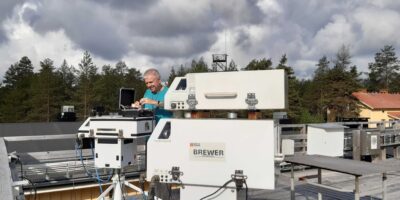
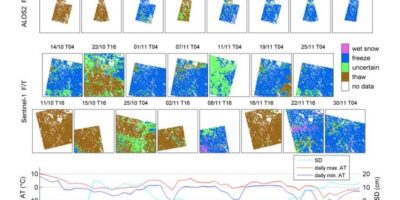
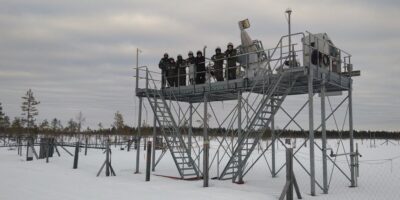
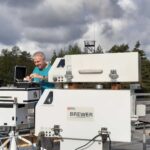

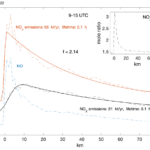
Leave a Reply
You must be logged in to post a comment.